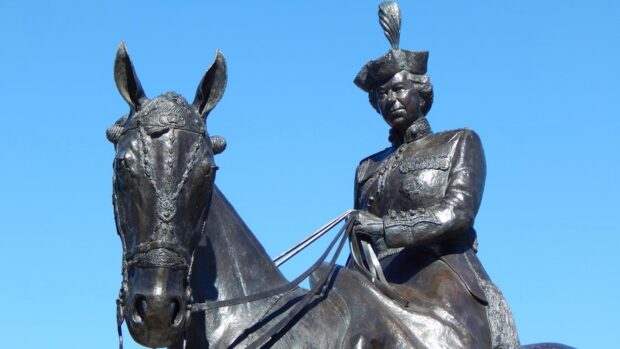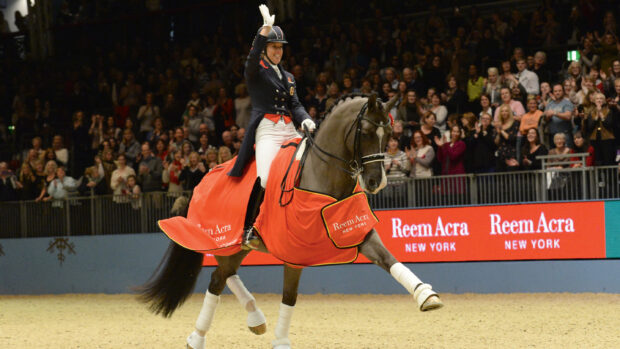A commonly found flower was the likely cause of a positive dope test in a top-level showjumper, an FEI Tribunal has concluded.
Norwegian showjumper Johan-Sebastian Gullisken’s ride Arakorn tested positive for demecolcine at St Gallen CSIO5* jumping show in Switzerland last summer (30 May to 2 June 2019). He was found to have “no fault or negligence” in the case, heard by the FEI Tribunal on 6 March.
Demecolcine is used in humans for chemotherapy and is a banned and specified substance under FEI rules. This means it has no legitimate use in equine medicines, but that it is recognised as a substance that may be in a horse’s system as a result of contamination.
The dope test also found “a screening indication for the presence of colchicine” . Both these substances are metabolites of autumn crocuses, which have been at the heart of a number of other FEI prohibited substance cases.
“The FEI has previously had several cases with demecolcine, originating from the ingestion of the autumn crocus,” states the Tribunal.
“These cases have been from the Alp regions of Switzerland, Austria and Germany, where this plant typically grows.
“All the samples in those cases had screening traces of colchicine. The case at hand does also have screening indications for the presence of colchicine.
“Several scientific articles on demecolcine show that it seems to be an occurring problem with contamination of autumn crocus in certain parts of central Europe, especially in the Alp region.”
The tribunal decision continues that where both these substances are present in a sample, there is a “high likelihood” of autumn crocus contamination.
Article continues below…
You might also be interested in:

Subscribe to Horse & Hound magazine today – and enjoy unlimited website access all year round
A statement provided by Mr Gullisken from the Norwegian team vet, Dr Gard Skaar, stated the drug was not known to him in veterinary medicine and that it has never been given to any of the rider’s horses.
“[Dr Skaar] is convinced that this positive sample came from hay or grass contaminated with autumn crocus,” adds the statement.
“In addition, he would like to highlight that the stables in St Gallen were on a meadow and there was plenty of grass in the boxes and around the stables. The horses liked to ‘grass down’ the box, before feeding on the hay they were given from the organiser.
The tribunal added there was no proof that the hay or grass contained autumn crocus because there were no samples available, but that Mr Gullisken had excluded other potential causes of contamination by “precautious procedures. These included choosing feed and supplements “from reputable sources”, of which Spillers was named as one, “carefully choosing his support team”as well as only allowing his vet to treat the horse and only when he was present, plus researching any medication before it was given to his horse.
A detailed statement from Mr Gullisken gave further evidence of his commitment to clean sport and horse welfare.
The Norwegian federation also submitted a statement in support of their rider.
“Johan has represented Norway’s national team for nine years and was born into a horse family with a high level of expertise,” reads the statement.
“Through the Norwegian equestrian federation, [he] has been through Wada’s e-learning anti-doping program. He has signed national team contracts where there is zero tolerance for doping on rider and horse and as national team athletes, they receive annual lectures and follow-up of the anti-doping program.
“He has serious sponsors who set values as one of his top priorities. It feels a lot of responsibility for their reputation for staying in the sport and keeping their horses. Horses are also their primary sustenance.
“In all the years Johan Gulliksen has been on the team he has always appeared as an exemplary team player and always been serious according to rules. He has always been portrayed as Norway’s role model in equestrian sports and a great role model for many young athletes, a role he takes seriously.”
While the disqualification from the show remains, Mr Gullisken was not fined and has not been banned from future competitions.
Would you like to read Horse & Hound’s independent journalism without any adverts? Join Horse & Hound Plus today and you can read all articles on HorseandHound.co.uk completely ad-free




